Maximize Profits or Face Liquidation? Mastering the Core Mechanics of Futures Leverage for Optimal Capital Efficiency

1. What Is Leverage? Maximizing Trading Opportunities with Limited Capital
- If the underlying asset's price rises by 5%, the profit would be 50 USDT, equivalent to a 50% return on your capital.
- Conversely, if the price drops by 5%, the loss would also be 50 USDT, half of your initial capital.
2. Advantages and Disadvantages of Using Leverage in Futures Trading
2.1 Advantages of Futures Leverage
2.2 Risks of Futures Leverage
3. Leverage Example in Futures Trading
- Capital: 100 USDT
- Leverage: 200×
- Position Size: 100 × 200 = 20,000 USDT
4. Practical Tips for Using Leverage
4.1 Choosing the Appropriate Leverage Ratio
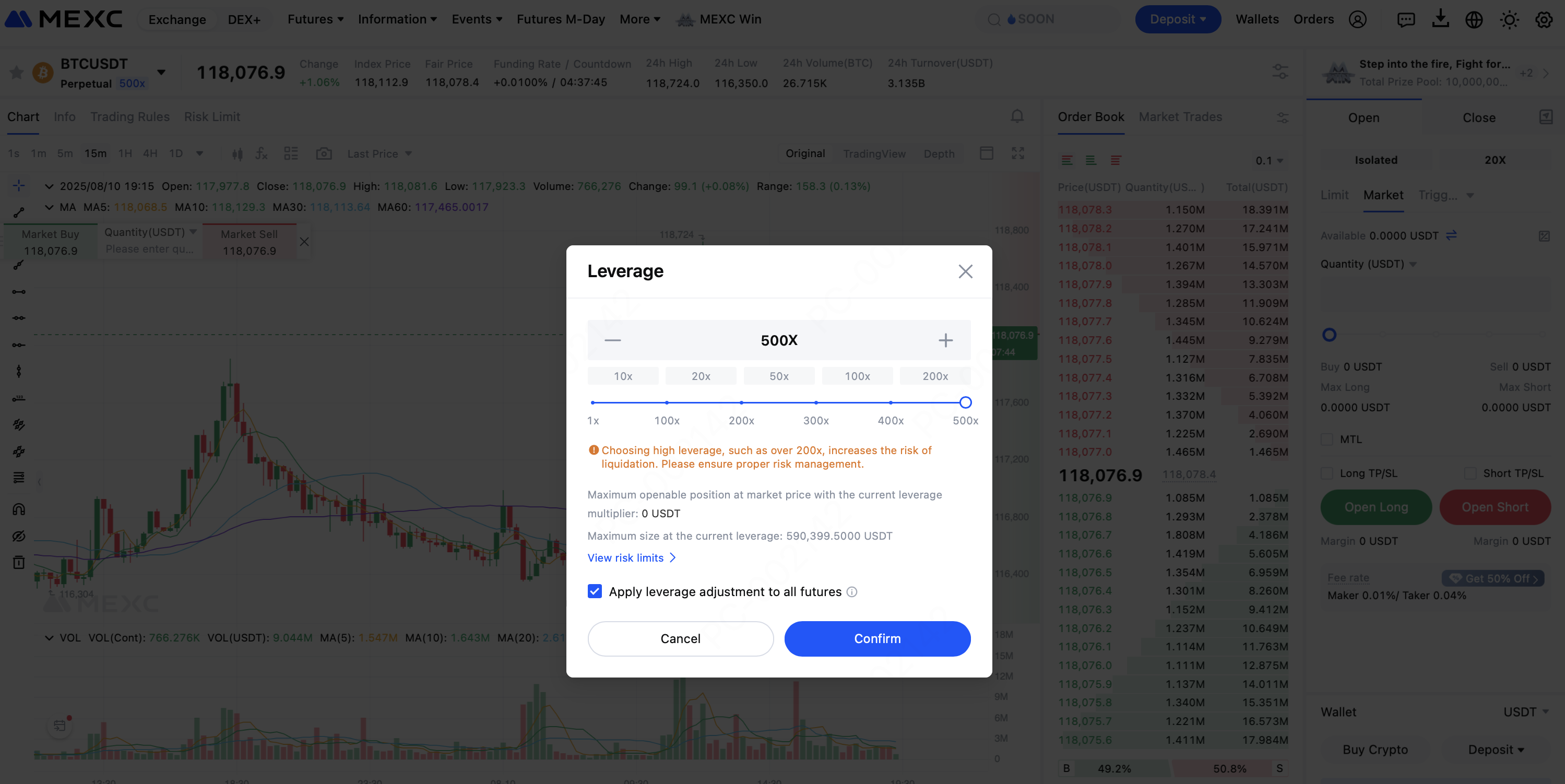
4.2 Understanding Margin Modes
- Cross Margin: Uses the entire account balance as maintenance margin for a position. This can help prevent liquidation during short-term volatility, but increases the risk of losses affecting all positions.
- Isolated Margin: Each position has its own margin and PNL calculation. Losses are limited to the allocated margin for that position, offering greater risk control.
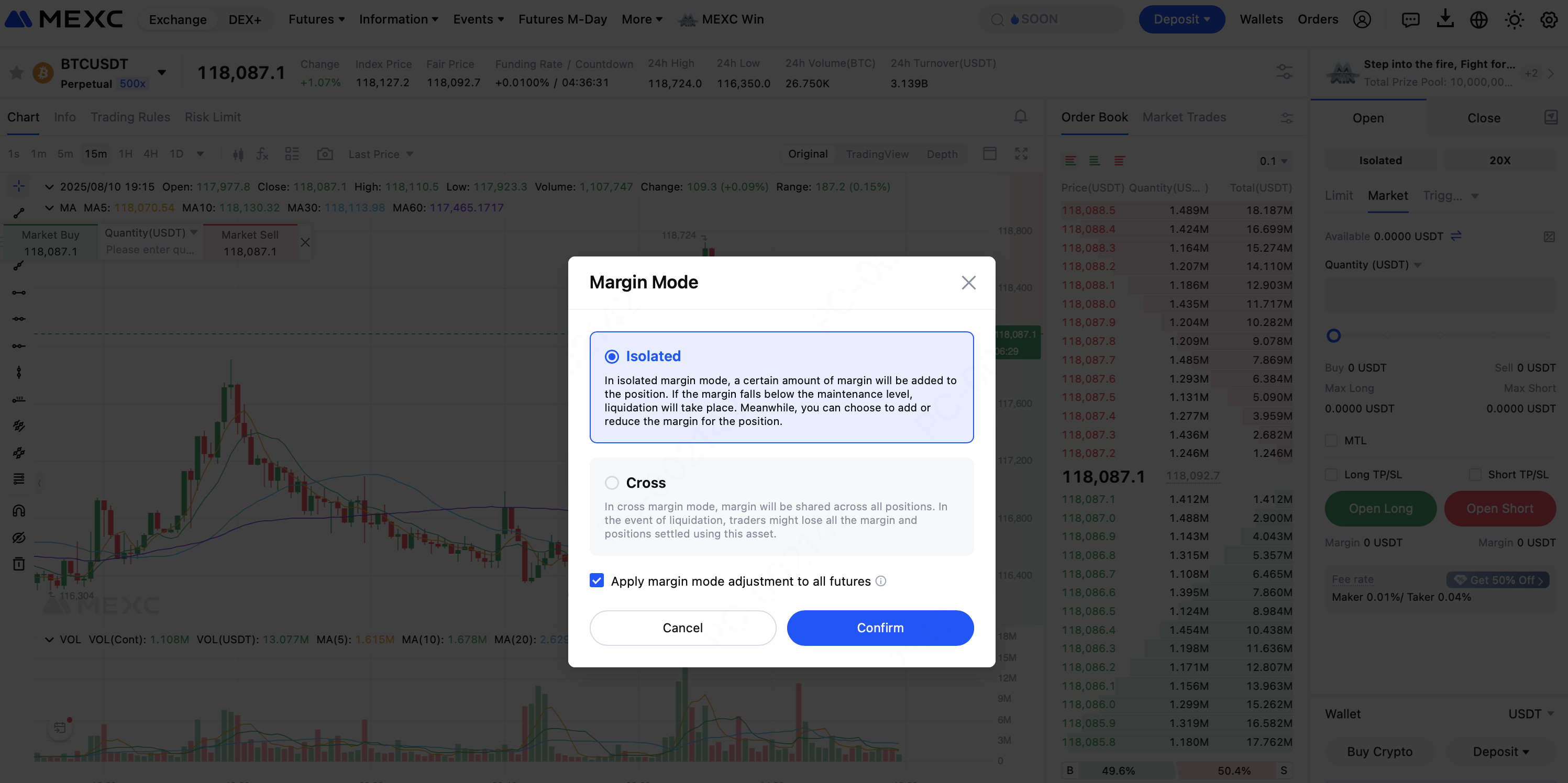
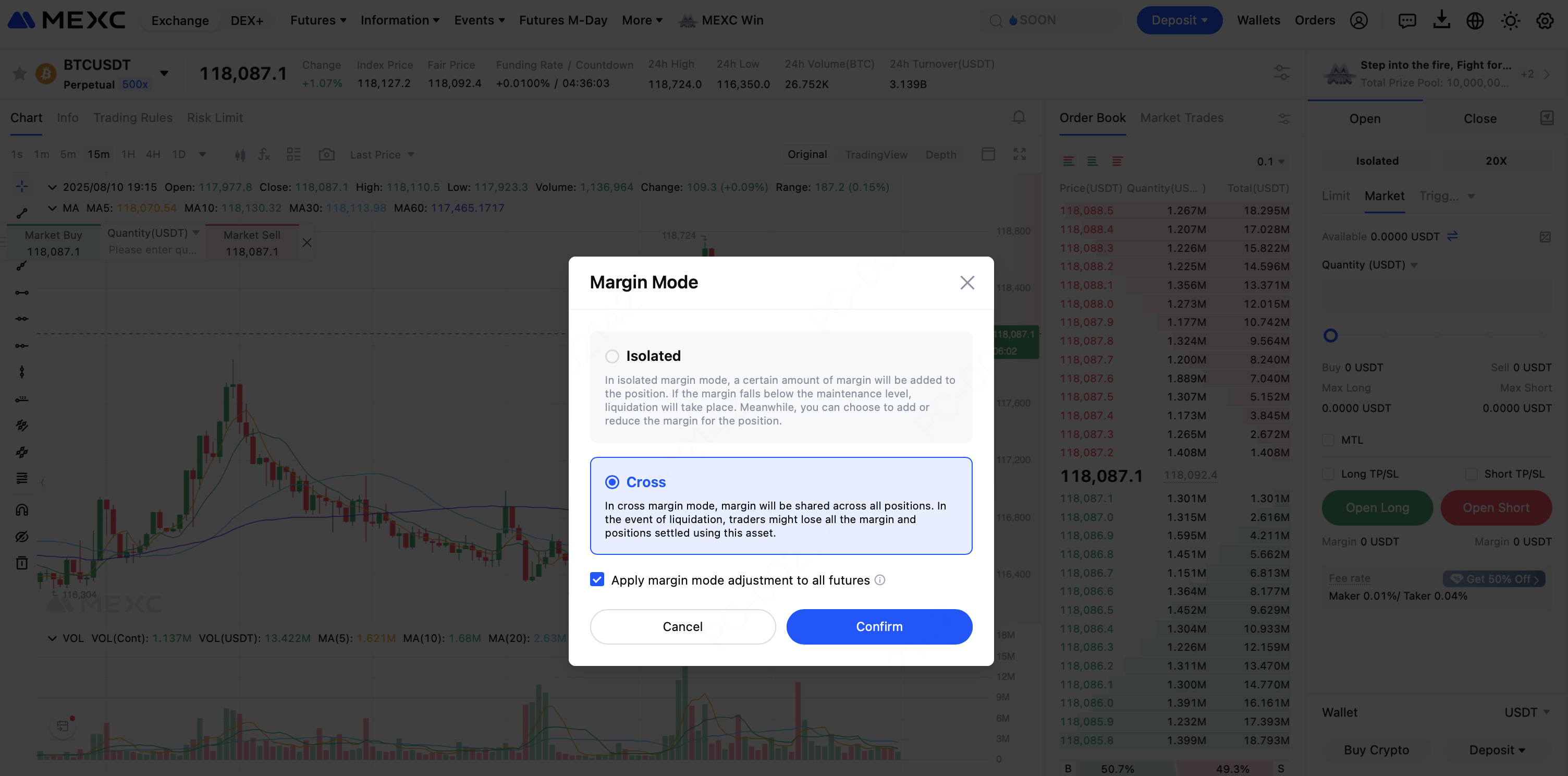
4.3 Develop a Well-Defined Trading Strategy
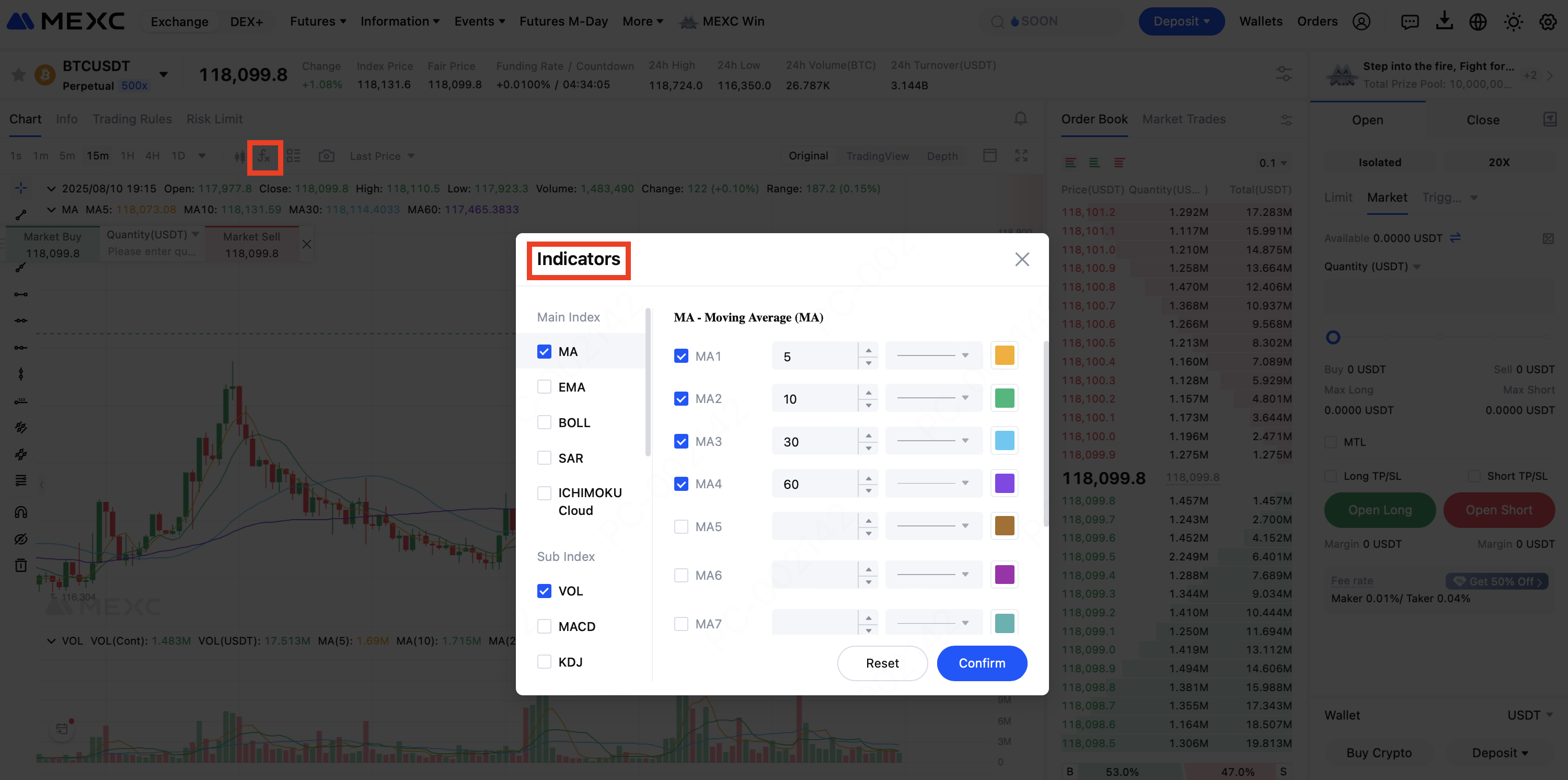
5. Timing for Using Leverage and Risk Adjustment Recommendations
5.1 When to Consider Using Leverage?
- Clear market trend: When the market shows a well-defined trend and a clear directional bias (e.g., a breakout above key resistance or below key support), moderate leverage can improve capital efficiency and amplify returns.
- Solid trading plan: A plan that specifies precise entry, take-profit and stop-loss levels ensures that losses can be contained promptly if the market reverses.
- Emotional stability and discipline: Traders who can follow their plan without letting short-term volatility cloud judgment are better positioned to use leverage effectively.
- Adequate experience: Experienced traders who understand market mechanisms, volatility patterns, and risk management principles can deploy leverage flexibly in line with their strategies.
5.2 When is Leverage Not Recommended?
- Unclear or ranging markets: Using high leverage when the market lacks a clear direction can lead to frequent stop-outs or even liquidation.
- Emotional or overactive trading: Traders who tend to chase gains, panic-sell, or operate under strong emotions should avoid high-leverage setups.
- Lack of a defined risk management plan: Entering positions without stop-loss orders or without calculating the maximum acceptable loss exposes traders to excessive risk.
- Beginners: Those still developing an understanding of market structure and leverage mechanics should start with small positions and low leverage.
6. Summary: Approach Leverage Trading with a Balanced View of Risk and Opportunity
- Is the chosen leverage ratio appropriate?
- Does the strategy have sound logic and executable steps?
- Is there a robust take-profit and stop-loss mechanism in place?
- Are emotional control and capital management adequately addressed?
Recommended Reading:
- Why Choose MEXC Futures? Gain deeper insight into the advantages and unique features of MEXC Futures to help you stay ahead in the market.
- How to Participate in M-Day Learn the step-by-step methods and tips for joining M-Day and don't miss out on over 80,000 USDT in daily Futures bonus airdrops.
- MEXC Futures Trading Tutorial (App) Understand the full process of trading Futures on the app and get started with ease.
Popular Articles
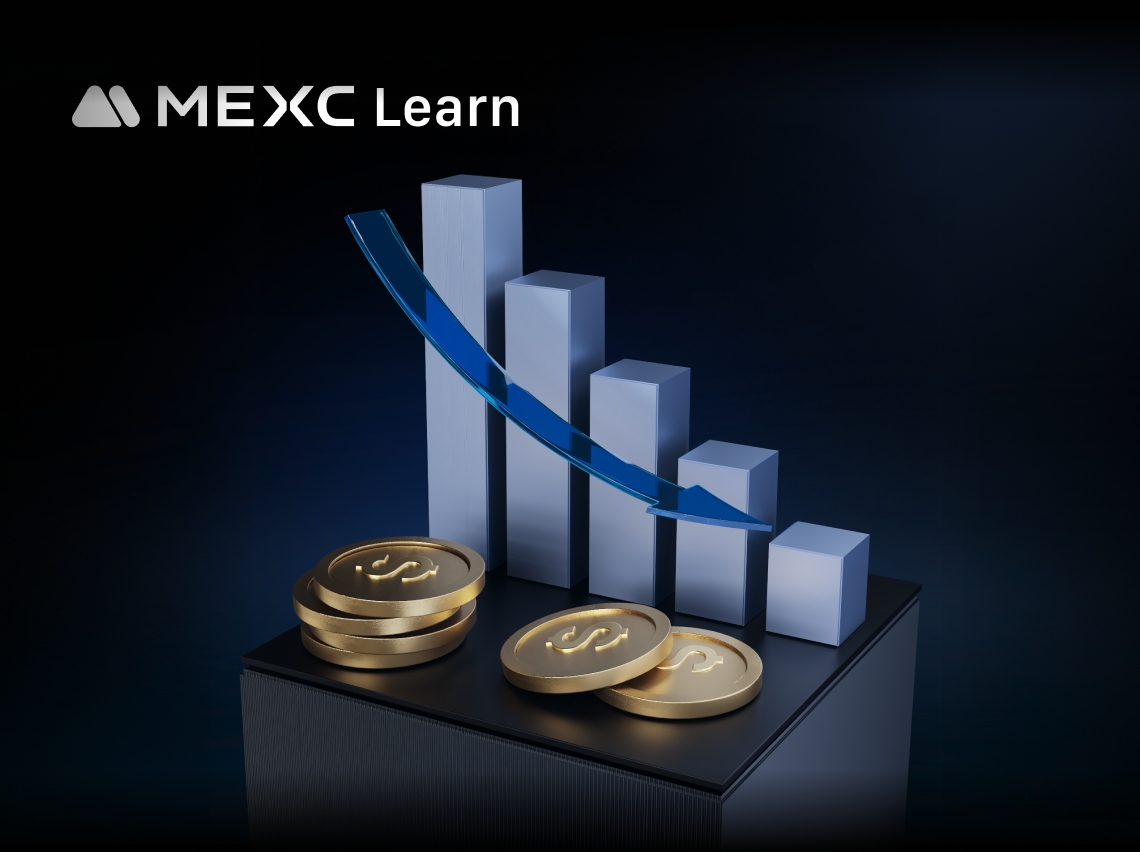
Understanding Auto-Deleveraging (ADL): A Critical Risk Management Tool for Futures Trading
In the cryptocurrency derivatives market, particularly in leveraged futures trading, systemic risks from market volatility are ever-present. To ensure platform stability during extreme market conditio
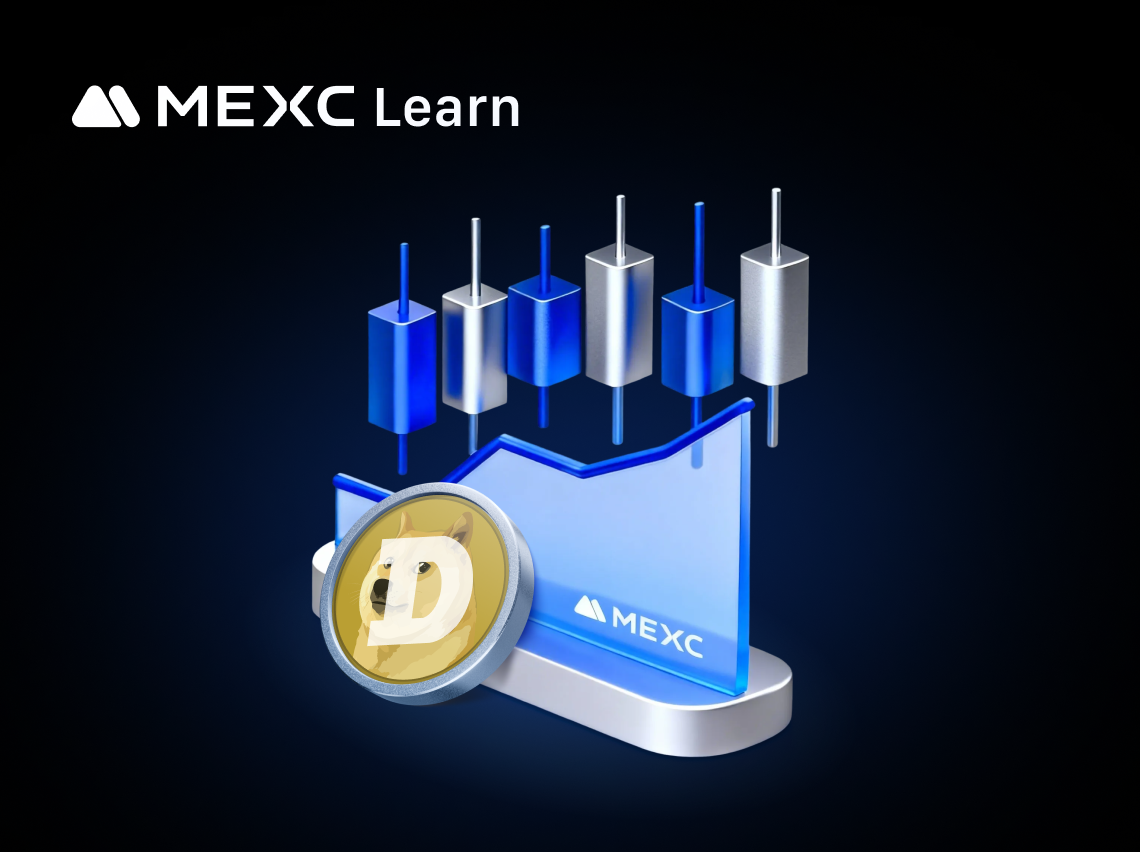
Dogecoin(DOGE) Trading Fees Explained: Spot vs Futures Costs on Crypto Exchanges
Dogecoin (DOGE) has become a household name in the world of cryptocurrencies. Originally created as a fun internet meme, it has since grown into a prominent asset within the cryptocurrency market. How
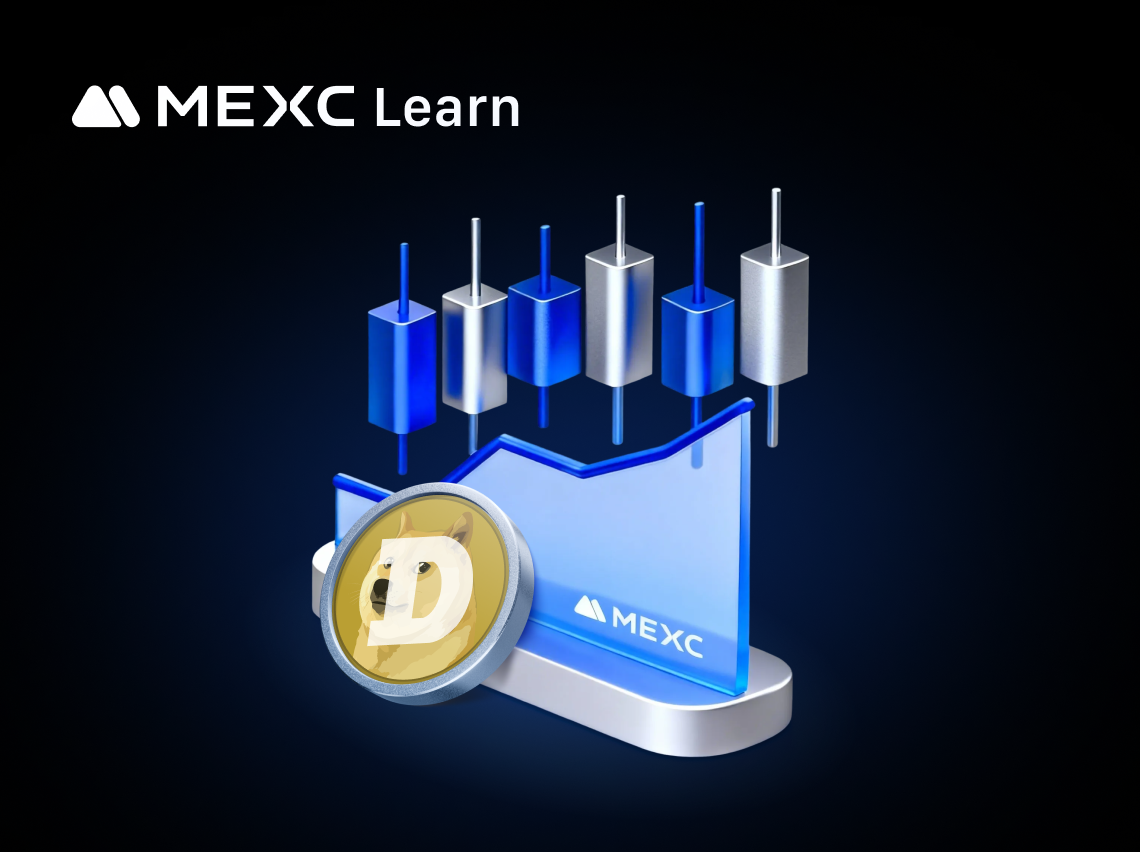
Why Is Dogecoin(DOGE) So Volatile? Price Swings, Liquidity, and Market Narratives
Dogecoin (DOGE), a cryptocurrency initially created as a joke, has grown into one of the most prominent and frequently traded digital assets in the cryptocurrency world. Its origins as a meme coin hav

What Are Dogecoin(DOGE) Futures? How DOGE Leverage Trading Works and Its Risks?
Unlikespot trading, where you directly purchase Dogecoin and hold it in your wallet, futures trading involves contracts that speculate on Dogecoin’s price at a future date. These contracts can be leve
Hot Crypto Updates
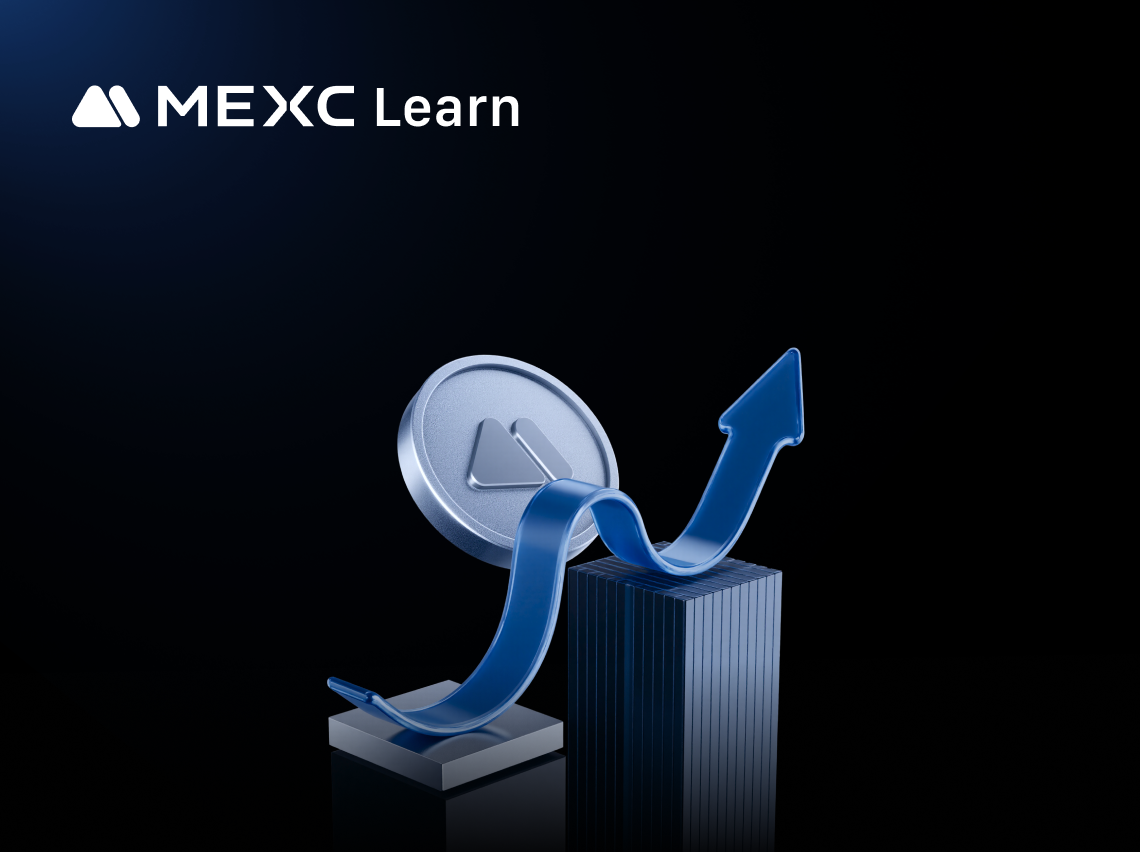
What Is Futu Holdings Ltd. (FUTU)?
If you’re researching Futu Holdings Ltd. stock (FUTU), you’re researching a tech-driven brokerage and wealth management platform that serves investors through digital products, most notably moomoo and
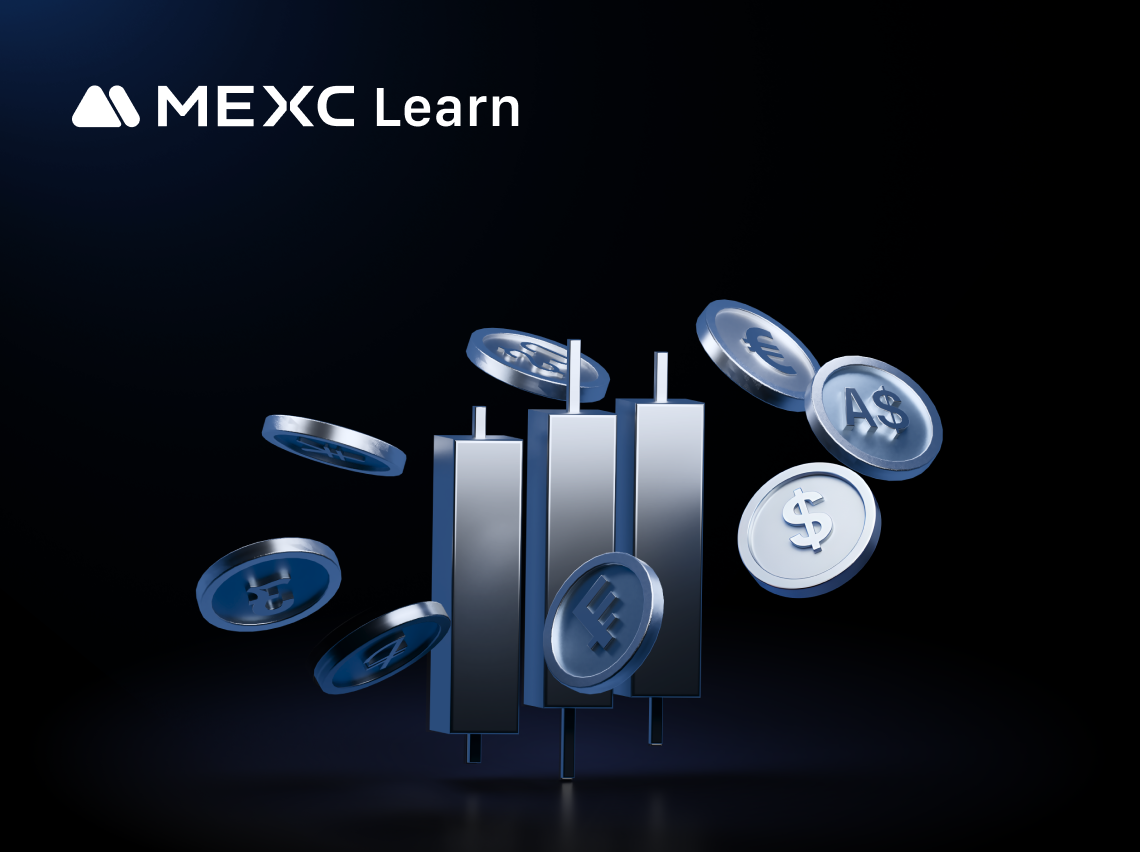
What Is Meta Platforms (META)?
If you’re researching Meta Platforms stock (META), you’re looking at one of the most important US stocks in social media and digital advertising. Meta owns platforms used by billions of people globall

MEXC vs Binance 2026: Comprehensive Comparison Guide for Crypto Traders
Meta Description MEXC vs Binance 2026 in-depth comparison: Analyzing trading fees, coin listings, security, and user experience to help you choose the best cryptocurrency exchange for your trading nee
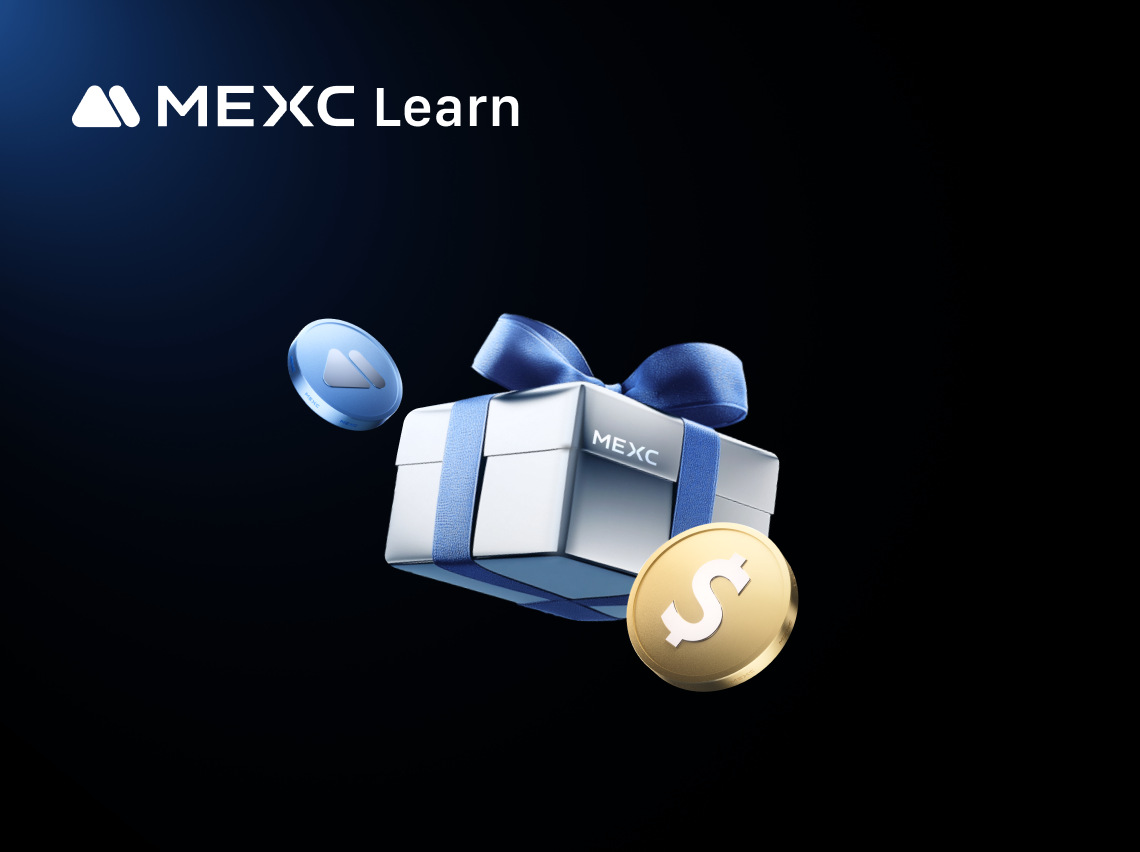
How to Purchase Dogecoin in Japan: A Complete Guide
Purchasing Dogecoin (DOGE) in Japan is straightforward when you use a regulated, user-friendly platform like MEXC and follow proper identity and funding procedures; this guide explains each step—from
Trending News

Tether CEO Delivers Rare Bitcoin Price Comment
Bitcoin price receives rare acknowledgement from Tether CEO Ardoino
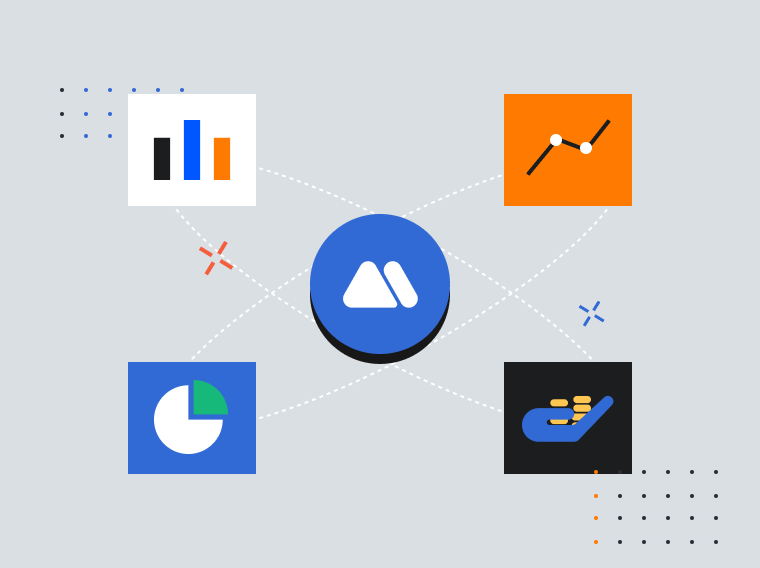
You Missed Cardano at $0.0024: Don’t Make the Same Mistake Twice With the Next Best Crypto Presale of 2026
September 2017. While most investors scrolled past Cardano’s launch at $0.0024, a small group recognized what others couldn’t see. Those who invested $10,000 back

US President Donald Trump says Ukraine deal closer but no breakthrough in talks
The post US President Donald Trump says Ukraine deal closer but no breakthrough in talks appeared on BitcoinEthereumNews.com. US President Donald Trump said that

The $251M Market Shakeup Dominating This Week’s Crypto Release Schedule
The post The $251M Market Shakeup Dominating This Week’s Crypto Release Schedule appeared on BitcoinEthereumNews.com. HYPE Token Unlock: The $251M Market Shakeup
Related Articles
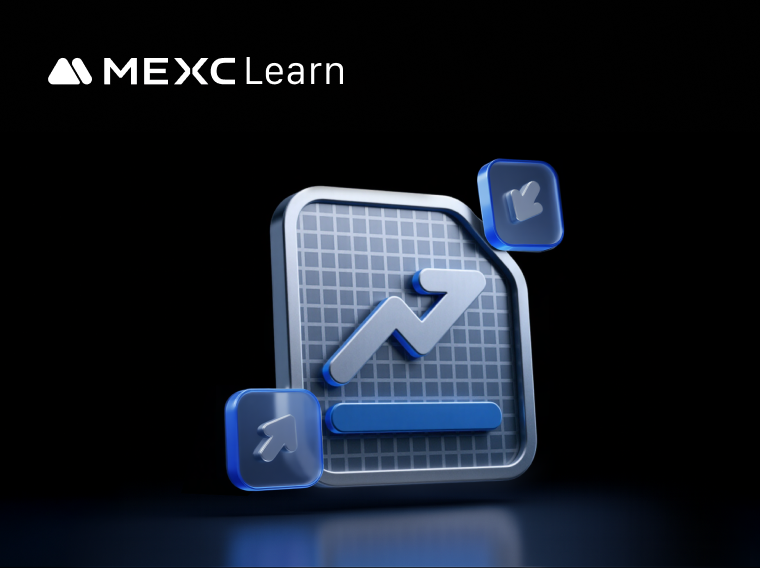
What Are Prediction Futures?
Cryptocurrency futures trading attracts countless investors with its high leverage and the ability to profit in both rising and falling markets. However, its complex mechanisms such as margin, leverag
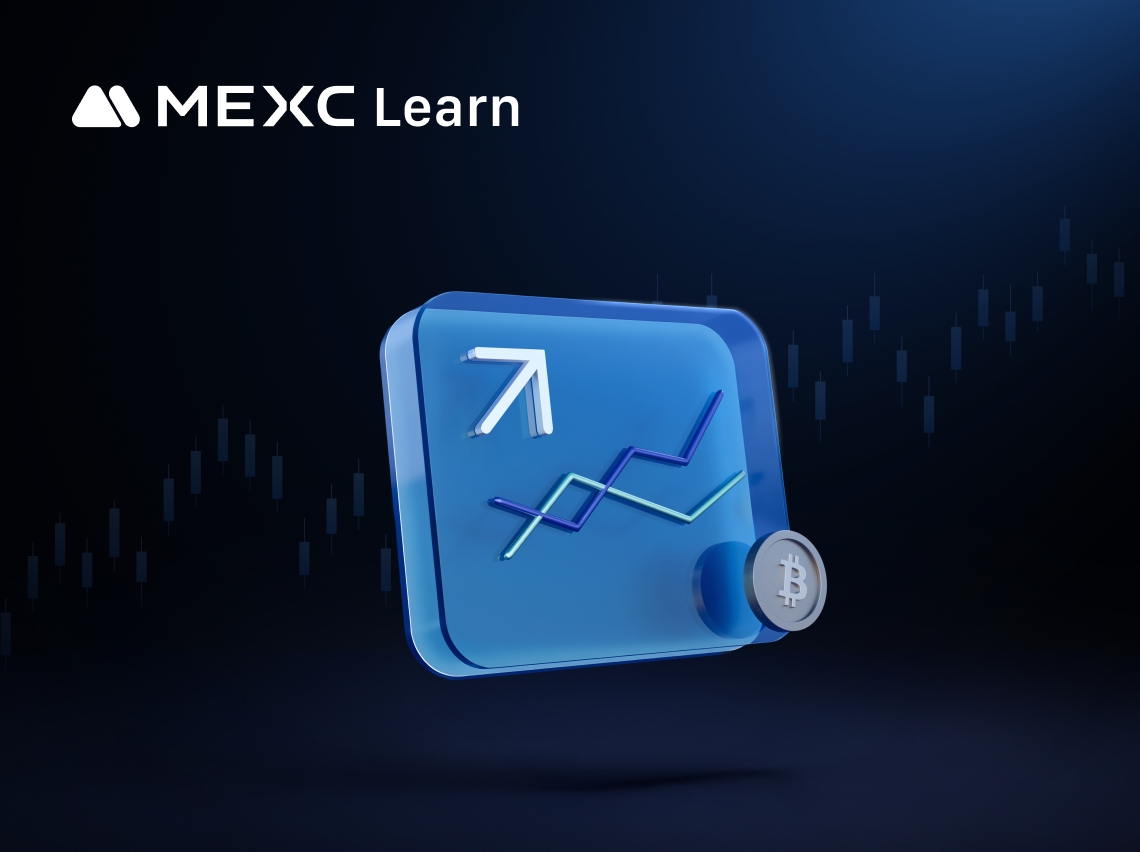
Calculation of Futures Yield and Trading Fees
When trading futures on MEXC or other major exchanges, your trading PNL is based on three components:Trading Fees: The cost incurred during the transaction.Funding Fees: Periodic settlements based on
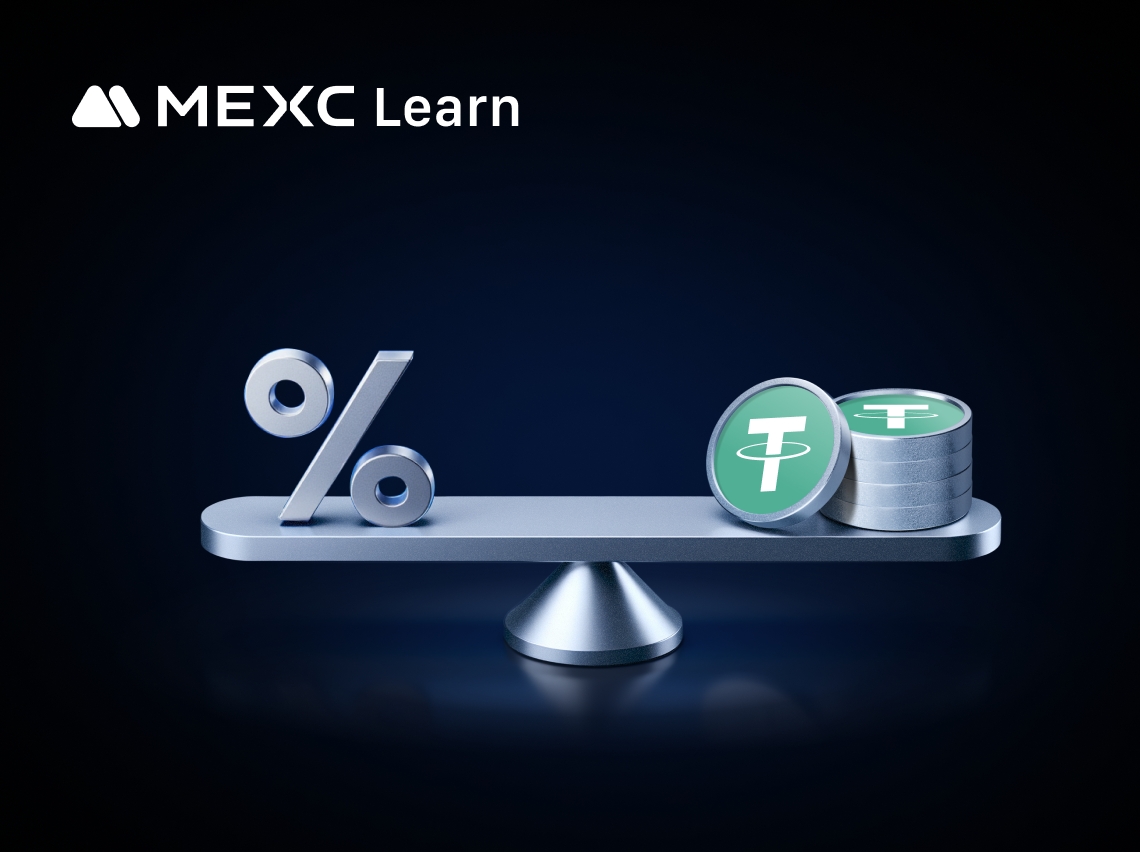
MEXC Fees Explained: Complete Trading, Futures & Withdrawal Fees Guide
Whether you are an experienced cryptocurrency trader or just getting started, understanding trading fees is essential to navigating the market and improving your trading experience. MEXC, a leading gl
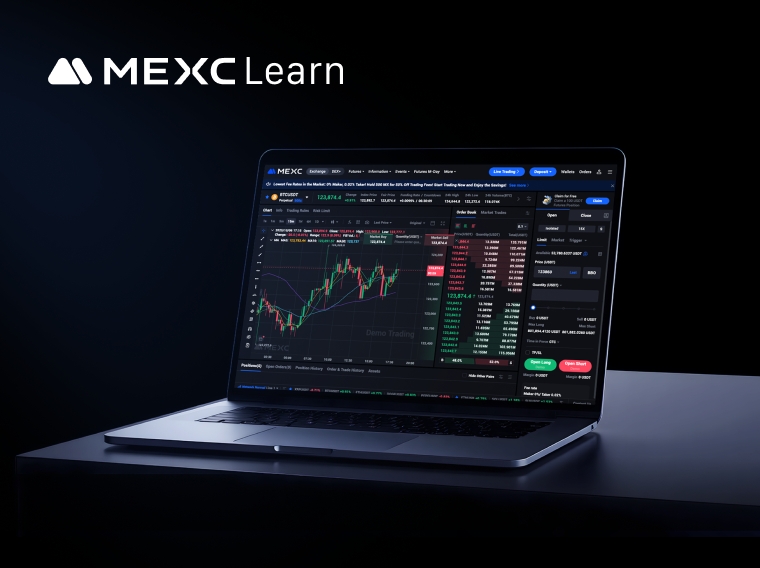
How to Use Demo Trading on MEXC Futures
In cryptocurrency futures trading, developing skills and strategies often comes at the cost of real capital. Many beginners enter the live market without sufficient preparation and face significant lo
